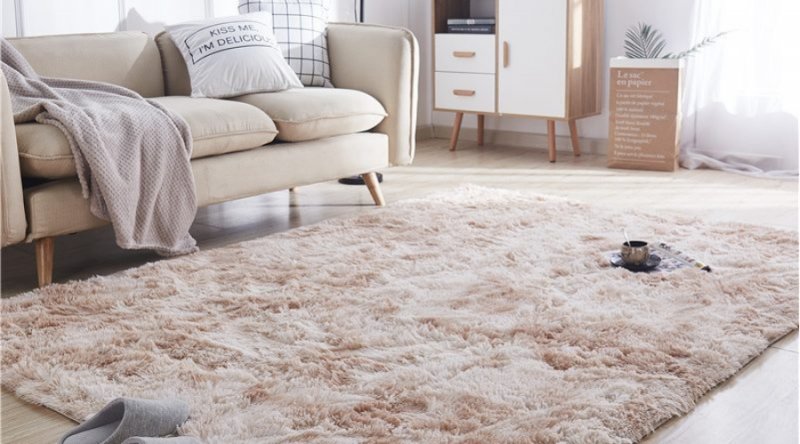Floor mat: The presence of dirt outside makes it difficult to keep the inside of a house or facility clean, which can increase maintenance costs in large facilities. Slips and falls are more likely in situations where there is a high flow of tourists or visitors on a daily basis owing to poorly maintained flooring. Different types of ultimate mats are used in a variety of settings, including restaurants, schools, hospitals, factories, and retail stores. The proper placement of mats in a facility not only helps to keep the place tidy but is also cost-effective when compared to hiring cleaning crews.
The differences between floor mats and their application
Fortunately, there are mats for practically every situation. You may carefully pick from a number of mats while maintaining within your price constraints, depending on the precise demands of your organization. Let’s look at a few various sorts of mats.
Entrance mats the first line of defense against dirt and other particles is an entrance mat. These are constructed of nylon or a strong fabric combination to remove as much dirt as possible. These mats, which are designed with ribbed patterns and borders to absorb moisture, perform the most crucial function in capturing dust and moisture from shoes. The back of these mats is constructed of vinyl or rubber, which provides a good grip on shining, slick surfaces. floor mat
When should you use it?
Entry mats, as the name implies, are put at a building’s entrance. These are often found at the entrances to malls and hotels when there is a large influx of visitors. The length of the mat is important so that individuals entering the building may at least take a few steps on it to collect dirt.
The “scraper mat,” which is put on the outside of the entry gate, is another comparable sort of mat. Scraper mats are heavy-duty rubber mats with raised surfaces that are unaffected by oil and grease and reduce the danger of falling on floors.
Link design material
Link pattern mats are constructed of rubber and provide excellent grip whether the floor is wet, filthy, or slippery. These mats are made of rubber bits that have been put together in a symmetrical pattern to generate an emergent surface roughness that provides increased traction.
When should you use it?
These mats, which are often put at entrances due to their design, have the capacity to remove dirt and debris from shoes but offer very little moisture absorption. On a wet day, consider utilizing entry mats or wiper mats that are great for absorbing rainwater and may be positioned near the entrance for visitors to wipe their shoes. floor mat
Because of their rubber surface and grip, link design mats are often utilized in situations where there is a lot of grease or wetness, such as in factories, kitchens, and garages. These mats channel water down to the mat’s base, keeping the top surface dry and preventing slips and falls.
Mats for oil
Oil mats, like link design mats, are constructed of rubber with ribbed designs and patterns to provide an additional hand grip. Unlike link designs, they often lack a drainage hole but have a greater capacity to absorb and endure viscous liquids such as oil, grease, coolant, and water.
Check Out Our Blog: What goes into the production of environmentally friendly floor mats?
